Micro Control Systems Micro Control Systems: AI “Visualizing” Factories to Enhance Manufacturing
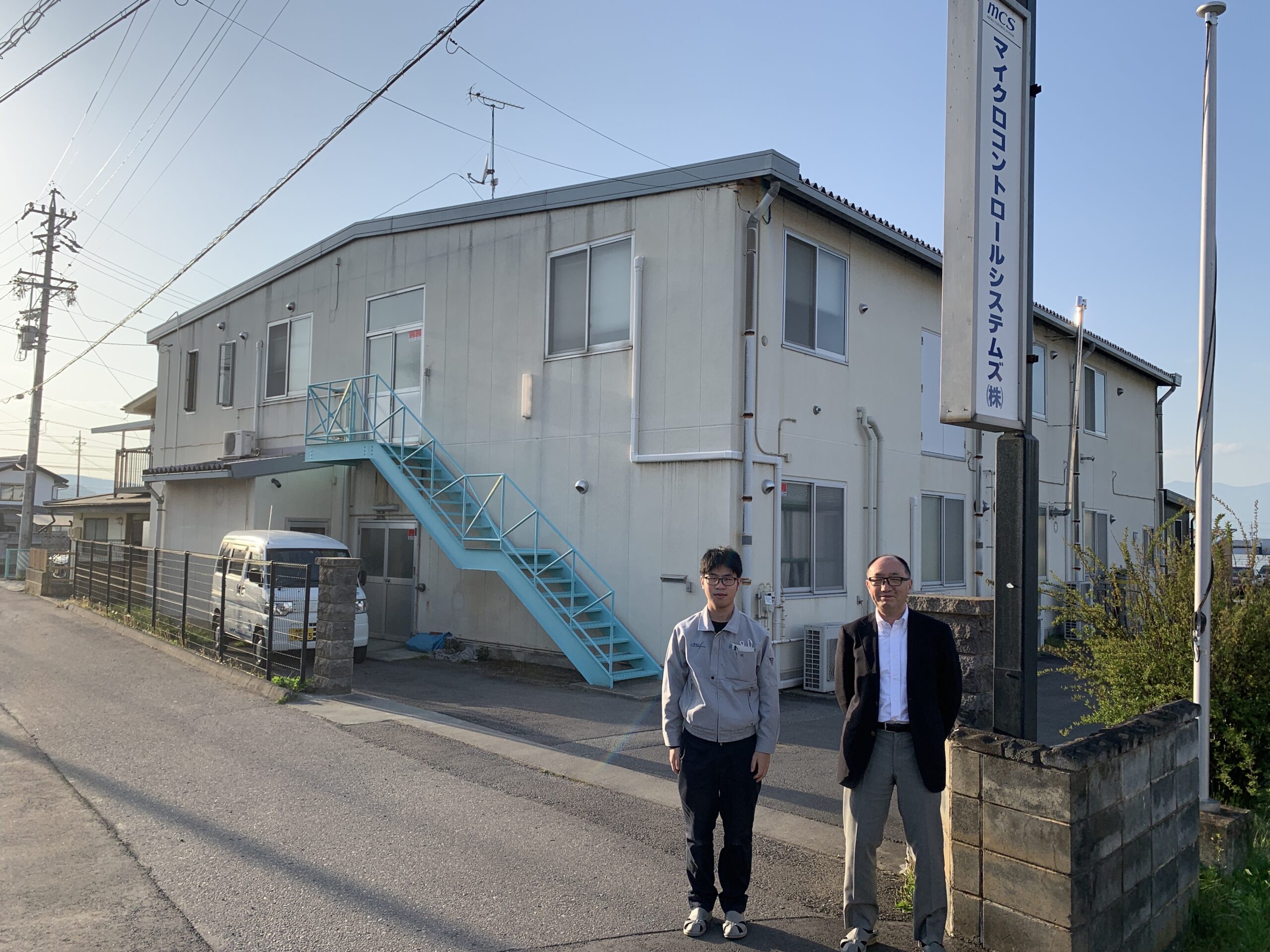
The accuracy of training data is still a challenge. How can "harBest" be utilized to break away from the humanized annotation?
Please give us an overview of your business!
Micro Control Systems develops its own products by taking advantage of its strengths in electronic components, board mounting, and manufacturing. Our products include LED lighting for a major machine tool manufacturer and room lamps with timers for a major car sharing service.

Your company is located in Nagano, right? APTO is located in Tokyo. Despite the distance, how was the communication?
APTO's communication with our team was smooth and efficient, facilitated through video calls. Prior to implementing the system, we wanted to speak in person about future developments, and invited APTO for face-to-face meetings at our factory in Nagano. We appreciated the flexibility and responsiveness of the APTO team during these visits.
Please tell us about your career, Mr. Ozaki.
Certainly. Prior to my current role, I spent my career at Matsushita Densen (now Panasonic HD), where I was engaged in the development of digital multifunction devices. I dedicated several years to this role until my retirement. For the past six years, I have been serving in my current position. In my current project, I am part of a four-member team, consisting of two internal members and two external members, collaborating on this initiative.
Can you tell us about the specific background and challenges of the project?
The project stemmed from the collective intuition of seasoned project members who recognized a critical need for real-time equipment monitoring. With the limitations of constant human oversight, the team relied on qualitative and sensory assessments like "...it seems to be running because someone is working on it." While modern machines can autonomously calculate operating rates using computers, older machinery lacked this capability. To address this challenge comprehensively, we proposed leveraging camera technology to capture periodic images of signal lights, enabling automated recognition and calculation of operation rates.

Was it Mr. Ozaki's idea to use an AI camera to calculate the utilization rate?
Yes, Mr. Ozaki proposed leveraging an AI-powered camera to calculate the utilization rate. While exploring different methods, including using radio transmitters with signal lights from external sources, we realized the challenges associated with cost and customization limitations. Therefore, we opted to develop an in-house system to ensure flexibility and future scalability.
Initially, our team performed annotation tasks internally to train the AI. However, we faced diminishing results and reduced annotation accuracy over time. Despite consistent efforts from our employees, we struggled to maintain the quality and quantity required for deep learning training data.
What did you think was the reason for the lack of results?
I believe the lack of results stemmed from our approach to the annotation work. The process of delineating areas and relying on a single individual within our company for annotations led to decision-making being made on an individual basis, which ultimately affected the accuracy of our annotations.
Please tell us about your encounter with harBest.
At the time, there were few specialized annotation services available, and many companies required large order quantities. However, harBest offered exceptional flexibility with no restrictions on the volume of work, which allowed us to start with smaller quantities. The trial service provided us the opportunity to evaluate the results before proceeding with the project in earnest, which was invaluable. Additionally, harBest offered the most competitive pricing compared to other options available in the market.
How do you feel the difference in accuracy from the in-house annotation?
The difference in accuracy from our in-house annotation is significant. After using harBest, we observed an improvement in the recognition rate by approximately 15%. This improvement was clearly evident as we quantified the results during our evaluation phase. Notably, the recognition rate of specific signal lights, which previously had poor performance, improved by 20-30%. This enhancement has proven to be highly effective for our project.
Do you think that the annotation work done by harBest and the many eyes of the many crowd workers resulted in highly accurate training data?
Yes, I believe that the annotation work performed by harBest, leveraging the diverse perspectives of crowdworkers, resulted in highly accurate training data. Our previous experience with small-group annotation work conducted by a limited number of individuals sometimes led to bias due to subjective labeling in ambiguous situations. In contrast, harBest's approach of having multiple annotators work on each piece of data, followed by a majority vote and optimization process, helped mitigate such biases effectively. Given our resource limitations, outsourcing to harBest was a beneficial decision for us.
You mentioned that the recognition rate improved, but was the delivered data sufficient for AI development? We would like to hear your feedback.
Yes, the data delivered by harBest was indeed sufficient for our AI development needs. Whenever there was a discrepancy in recognition or annotation, the sales representative promptly facilitated smooth communication through web conferencing and other means, enabling us to discuss and address any issues or corrections efficiently. This proactive approach ensured that we encountered no problems and could swiftly implement any necessary corrective actions.
Are there any tangible effects within the company after implementing the delivered data?

Yes, we have noticed tangible effects within the company after implementing the delivered data. For instance, we discovered that the utilization rate of our 'mounter,' which is a device used to place components on electronic circuit boards, was lower than we had previously estimated. This newfound visibility into our systems has allowed us to optimize operations, leading to an increase in the manufacturing rate across our entire factory.
Has this led to digital transformation within the company?

Most definitely. This is our Factory Activity Visualize Service (FAVs) screen, a webserver for factory visualization. By leveraging this cloud-based service for factory visualization, we have enabled work supervisors to gain greater awareness of operational situations. This enhanced visibility and data-driven approach are indicative of a shift towards digital transformation, utilizing technology to optimize processes and improve overall efficiency within factory operations.
(*Currently, only our own company is using this service.)
Is this AI-determined signal light recognition data?
Yes, the process you described involves using AI-determined signal light recognition data. The training data, which includes annotated images of signal lights, is imported into the system. The AI algorithm deployed on the edge computer then processes incoming images from cameras to recognize the color of the signal lights in real-time. Once the AI makes its determinations, the data is transmitted to a server where it is further processed, visualized, and displayed on the web interface. This process enables real-time monitoring and analysis of signal light statuses using AI technology.
How do people using the system feel about it? Please tell us about the reaction within your company.
The response to the system within our company has been overwhelmingly positive. Following the implementation of this project, we conducted an internal survey to gather feedback. The consensus was that employees found it much easier to comprehend the production status through visual confirmation rather than relying solely on verbal communication. Many employees expressed that they were able to identify areas where operational efficiency was lower than expected. By visualizing these issues within the manufacturing process, everyone in the company gained a clearer understanding and was able to collectively address these challenges. Overall, the visualized data proved to be highly effective in improving communication and problem-solving across different teams within our organization.
Thank you very much. Please tell us about your future plans for this system.
Looking ahead, we have ambitious plans for our system. We have successfully improved the recognition rate of specific signal lights, which was a significant challenge for us. Currently, the recognition rate has surpassed 90%, demonstrating its effectiveness. Our next goal is to commercialize this system and offer it to external customers. However, this endeavor presents significant challenges, and we are in the process of strategizing how best to approach and market this product. As we finalize our plans, we will continue to rely on APTO for specific annotations tailored to the factory where this product will be implemented. Stay tuned for more exciting developments!
How many images do you need to introduce the system to a new factory?
To introduce the system effectively to a new factory, we typically require a few thousand images. This quantity allows us to capture variations in lighting throughout the day, from sunrise to sunset. Additionally, having data representing different seasons is beneficial for comprehensive training. It's important to note that the specific number of images needed may vary depending on the unique conditions and environment of each factory. Therefore, we tailor our approach and annotation requirements to suit the specific needs of each implementation.
Finally, I would like to ask you about your company's vision for the future.
Our company's vision for the future revolves around leveraging our manufacturing expertise and capabilities to drive innovation and digital transformation (DX) within the industry. As a manufacturing company with our own factories, we possess a unique advantage—an environment where we can conduct experiments and develop tailored solutions to address specific needs. This strength enables us to offer comprehensive DX solutions to our customers, enhancing their operational efficiency and competitiveness.
Moving forward, we aim to expand our focus beyond traditional manufacturing to become a leading provider of DX solutions within the industry. Our goal is to offer end-to-end services that encompass digital transformation initiatives, leveraging advanced technologies and innovative approaches. By embracing DX as one of our core pillars, we seek to empower our customers with cutting-edge solutions that optimize processes, improve productivity, and unlock new opportunities for growth and innovation.
We at harBest will continue to strive to improve our services on a daily basis so that we can boost the entire manufacturing industry.
Thank you very much for your time today!

関連事例
-

LLM development at the highest level in Japan. What are the challenges faced by a research team devoted to improving accuracy?
Institute of Physical and Chemical Research(RIKEN)
- IT/Internet
- R&D
- Annotation
- Data collection
- Data Management
- Experienced
-
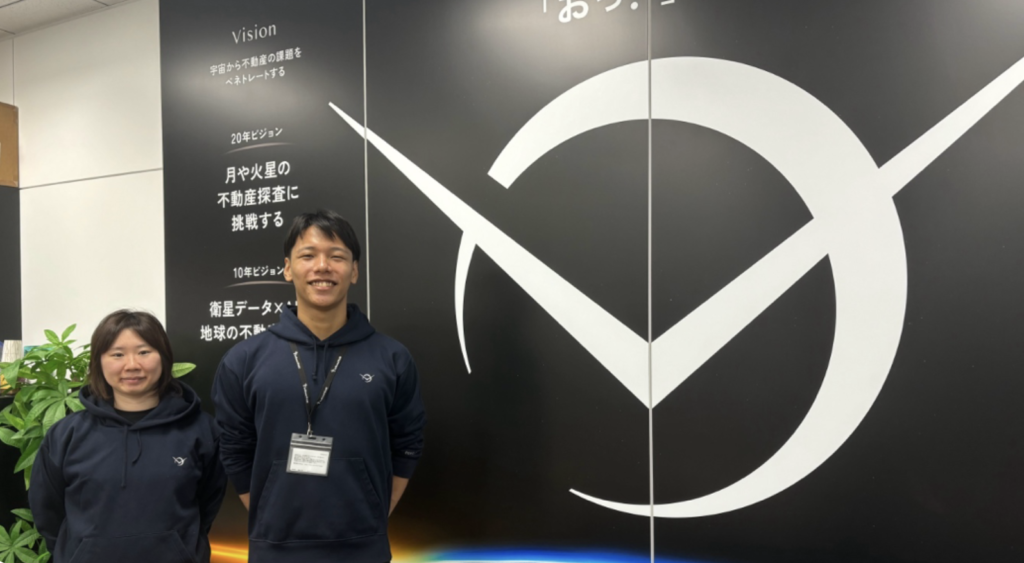
Search real estate all over the world at once using satellite data. What kind of future will “WHERE” make possible?
Penetrator
- IT/Internet
- real estate
- Annotation
- Data collection
- Data Management
- Experienced
-
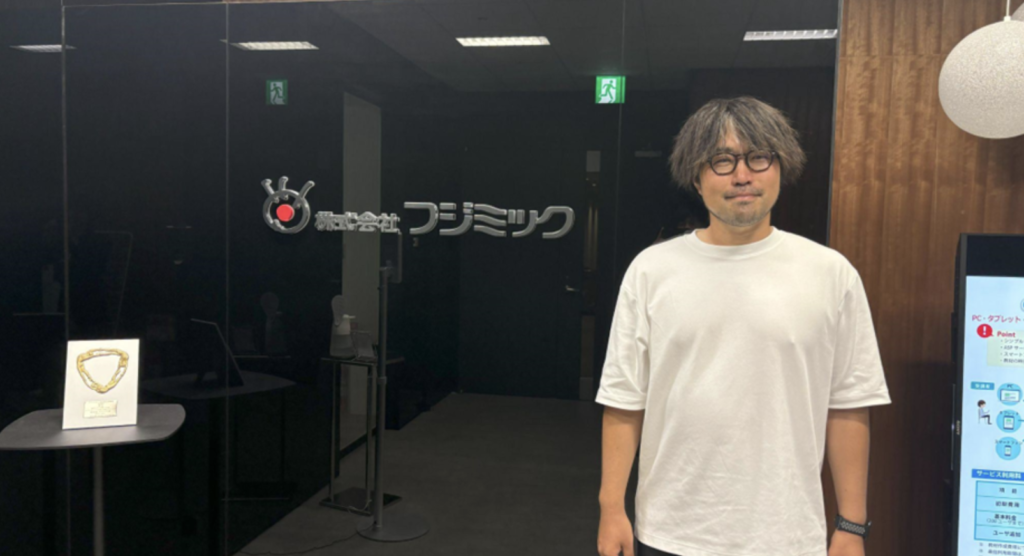
“I started developing AI behind the scenes at a television station. Now I want to spread this throughout the company”
FUJIMIC, Inc.
- Annotation
- Data Management/Labeling
- IT/Internet
- Annotation
- Data collection
- Experienced
-
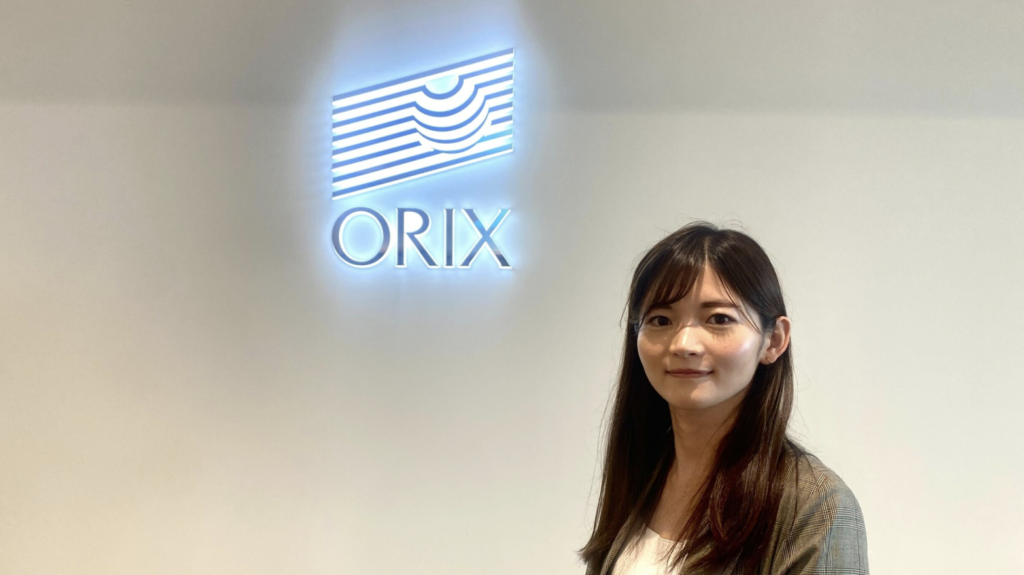
Achieve efficient form management by utilizing AI data. The secret to the success of ‘PATPOST’
ORIX Corporation
- Annotation
- Data Management/Labeling
- IT/Internet
- Annotation
- Data collection
- Experienced
-
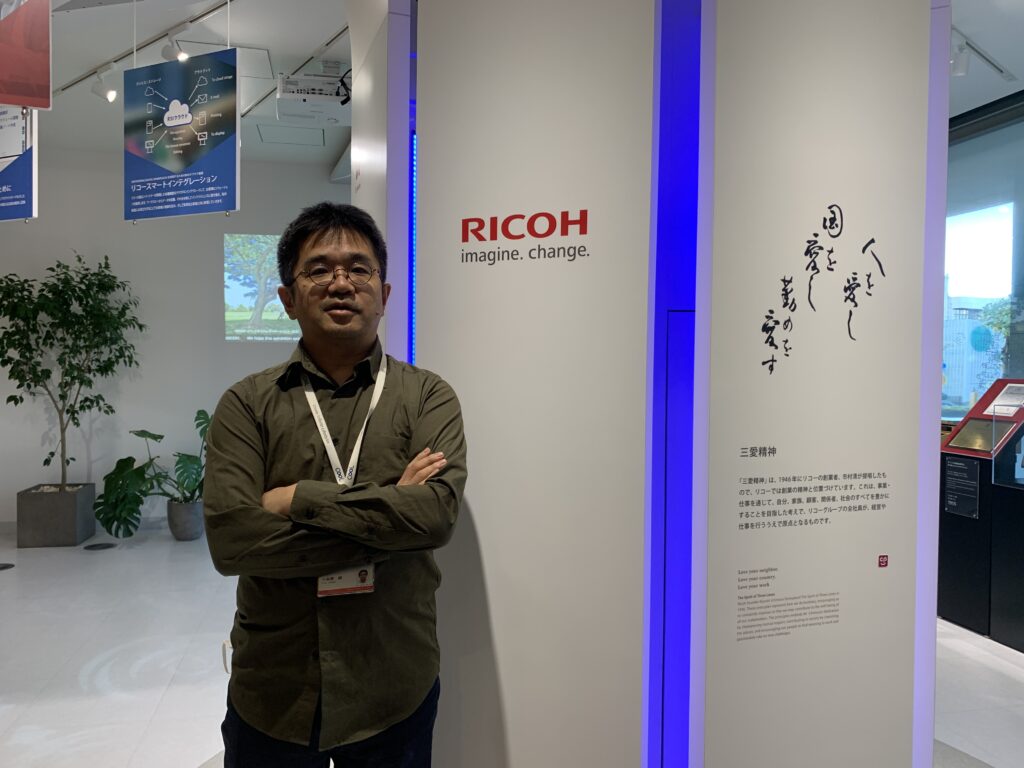
Streamlining Development After Successful Outsourcing of High-Volume Annotation Work
The Ricoh Company, Ltd
- AI Development (Experienced)
- Annotation
- Data Management/Labeling
- IT/Internet
- Annotation
- Experienced
-
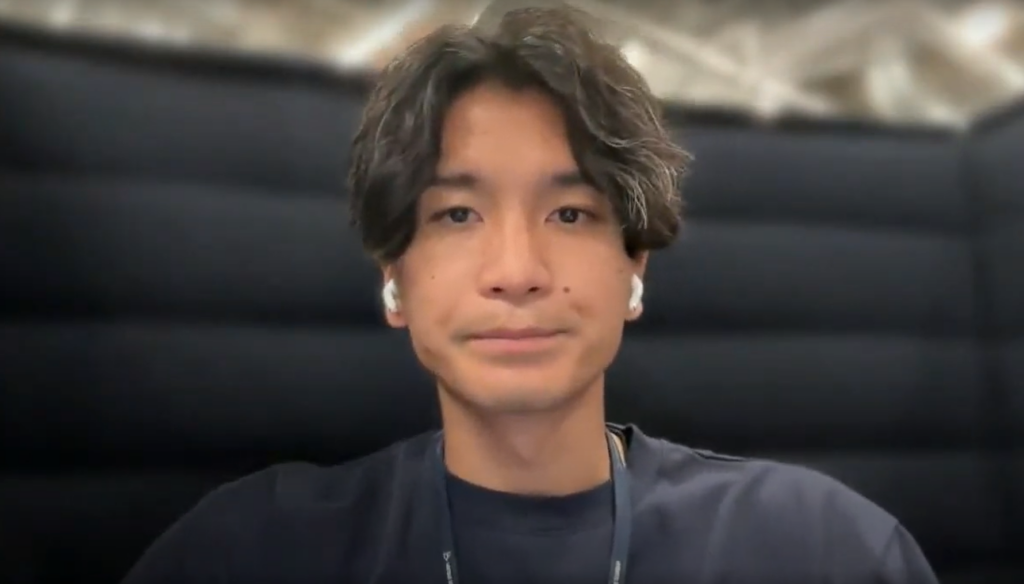
How Leading AI Vendors Handle Essential Training Data for Generative AI
LightBlue
- AI Development (Experienced)
- Annotation
- Data Management/Labeling
- IT/Internet
- Annotation
- Data collection
- Data Management
- Experienced
-

harBest Boosts MiiTel’s AI Speech Recognition
RevComm Inc.
- AI Development (Experienced)
- Annotation
- Data Management/Labeling
- IT/Internet
- Annotation
- Data collection
- Experienced
-
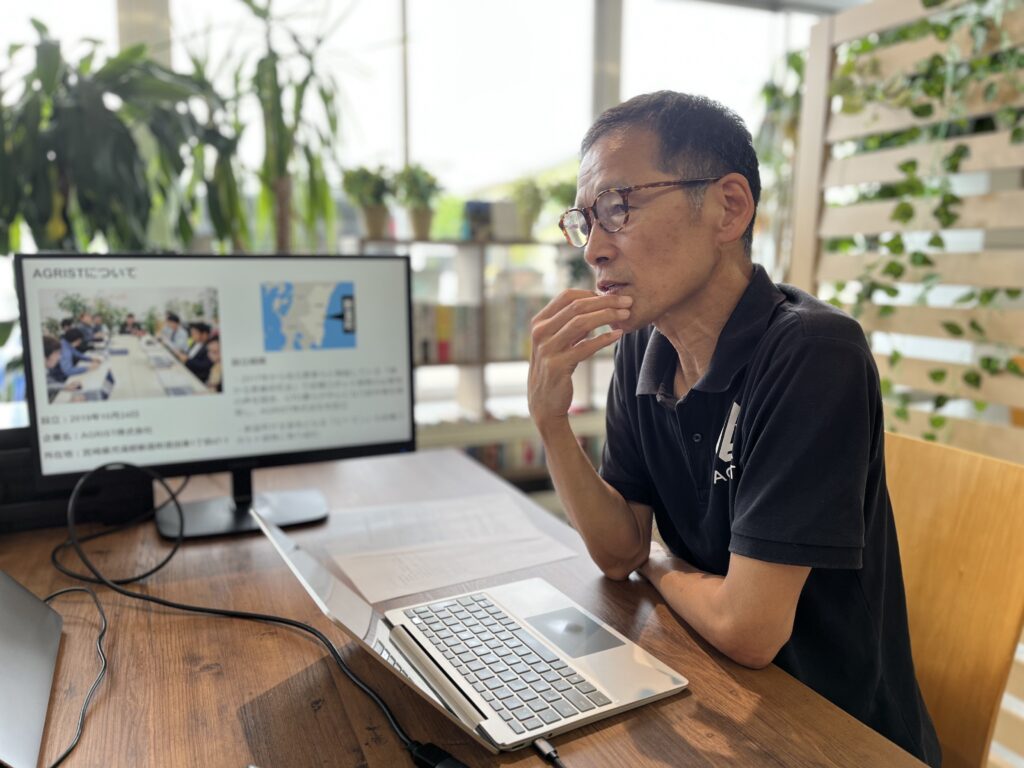
AGRIST Interview: Developing Agriculture Technology to Support the Aging Farmers of Japan
AGRIST
- AI Development (Experienced)
- Annotation
- Data Management/Labeling
- Agriculture
- Annotation
- Data collection
- Data Management
- Experienced

